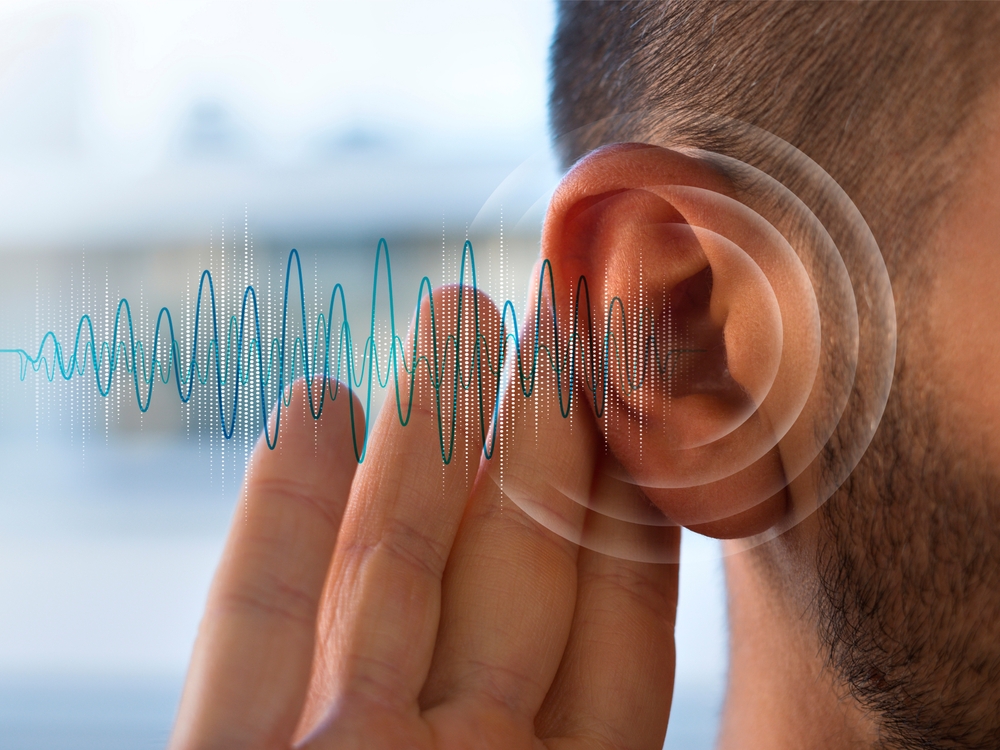
Our ears are frequently what carry the load of accidental harm from neglect in our busy daily lives. From the allure of ear candling to the seemingly harmless act of utilizing cotton swabs, our hearing health can suffer from these prevalent yet dangerous practices. What follows are a few practices you can use to help safeguard the health of your hearing.
Ear candling is a no-no
Ear candling, an ancient technique supposed to draw out earwax and promote ear health, has gained popularity despite lacking scientific merit. It’s believed that a vacuum is produced when a hollow ear candle is inserted into your ear canal and the wick at the opposite end is lit allegedly drawing impurities out. However, numerous studies have debunked this practice, emphasizing its ineffectiveness and potential risks.
You may be putting your hearing in jeopardy by employing a practice that won’t even remove any earwax. Burns to the delicate ear structures, perforated eardrums, and exacerbation of existing problems can all be consequences of this practice. Normally, if you see any wax after ear candling, it will be from the candle itself rather than your ears.
In light of these findings, medical professionals always warn against the use of ear candling. Both the Food and Drug Administration (FDA) and the American Academy of Otolaryngology (AAO) warn against this practice, emphasizing safer options for ear hygiene.
No more cotton swabs
It’s true that many individuals turn to these seemingly harmless tools to clean earwax out of their ears. But there are more risks than advantages to inserting a cotton swab into your ear canal. Impaction and potential injury can be the outcome of using cotton swabs rather than actually cleaning out earwax.
The delicate nature of the eardrum makes it vulnerable to damage from foreign objects, including cotton swabs. Pain, infection, and hearing loss can all be the outcomes of perforations or abrasions of the eardrum. To prevent these complications, it is advisable to refrain from inserting any objects into the ear canal and instead depend upon the ear’s self-cleaning mechanisms or seek professional help if necessary.
Mind the volume: protect against loud noise
In a progressively noisy world, our ears are constantly bombarded by sounds of varying intensities. Exposure to loud sound is inevitable, from attending sporting events and concerts to walking down noisy city streets to mowing your lawn. Nevertheless, prolonged or excessive exposure can have harmful effects on auditory health, resulting in noise-induced hearing loss or tinnitus.
It’s essential to utilize hearing protection and, if possible, avoid overly loud settings in order to avoid damage. This includes wearing ear protection, including earmuffs or earplugs, in noisy settings and restricting exposure to loud noises whenever you can.
Also, take regular breaks and moderate the volume when you’re utilizing personal listening devices like headphones and earpods.
Listen to your ears: act promptly on symptoms
Taking quick action when your ears begin to tell you that you’re starting to experience some level of hearing loss is critical to protect your ears from damage. If you wait to get your hearing loss treated you will probably exacerbate the problem.
If you have symptoms like ringing in the ears, difficulty understanding speech, or pain or pressure in your ears, it’s important that you recognize it. Make an appointment with us as soon as possible if you experience any of these symptoms. Your hearing outcomes as well as your quality of life will be significantly enhanced by early detection and intervention.
In conclusion, the health and well-being of our ears are paramount in navigating the sensory landscape of our lives. By adopting these four strategies, avoiding ear candling and cotton swabs, protecting against loud noise, and understanding early warning signs, we can maintain our precious sense of hearing and enjoy the symphony of sounds that enrich our existence.
Call us today for an evaluation if you are suffering from ear damage or hearing loss.